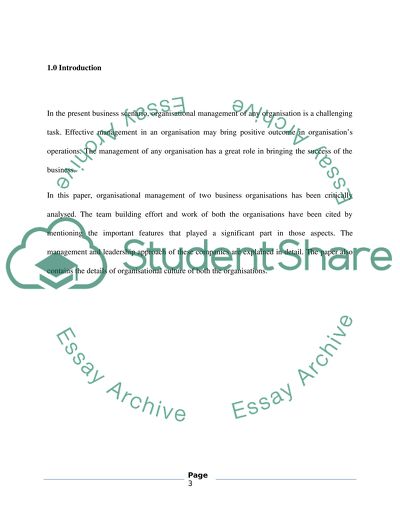Cite this document
(“Introduction to Organisations and Management Assignment”, n.d.)
Retrieved from https://studentshare.org/family-consumer-science/1414964-introduction-to-organisations-and-management
Retrieved from https://studentshare.org/family-consumer-science/1414964-introduction-to-organisations-and-management
(Introduction to Organisations and Management Assignment)
https://studentshare.org/family-consumer-science/1414964-introduction-to-organisations-and-management.
https://studentshare.org/family-consumer-science/1414964-introduction-to-organisations-and-management.
“Introduction to Organisations and Management Assignment”, n.d. https://studentshare.org/family-consumer-science/1414964-introduction-to-organisations-and-management.


